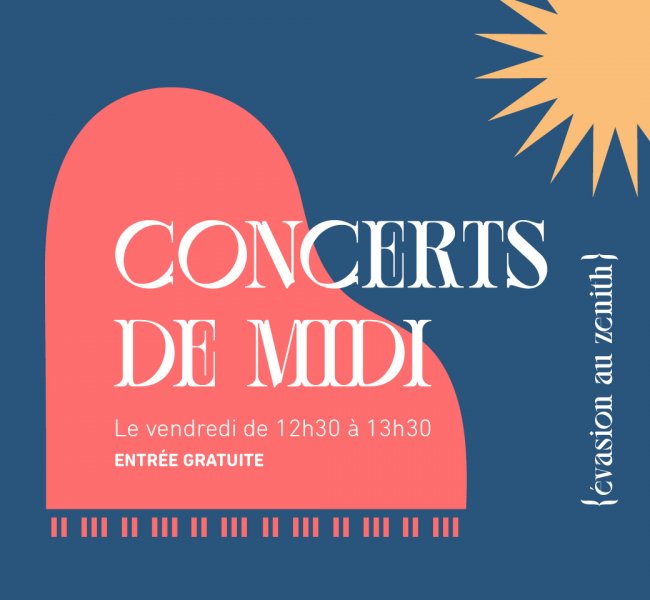Description
The City of Luxembourg reacquired the burial plot in 1980. By protecting it, we are not only commemorating the deceased, but also highlighting the quality of the monument as a structure.
The agricultural engineer Jean Enzweiler was born in Brotdorf (Merzig-Wadern, Saarland, Germany) in 1853 and became a naturalised Luxembourg citizen in 1881. In around 1875, Félix de Blochhausen, Minister of State and President of the Grand Ducal Agricultural Society, recruited him, initially as an engineer, before appointing him to the role of special chief engineer following the reform of the Agricultural Department in 1883. From 1877 onwards, Enzweiler toured rural areas to make the farming community aware of new developments in the sector. He published the "Rapport général sur l’état de l’agriculture dans le Grand-Duché de 1839 à 1889" (General report on the state of agriculture in the Grand Duchy from 1839 to 1889), as well as general statistics on the administration of the Agriculture Department for the years 1893 to 1896. Jean Enzweiler had five children, born between 1878 and 1888. His son Max became the most well known in the family: as a civil engineer trained at Berlin's Charlottenburg College, he enjoyed a brilliant career with Siemens & Halske in Berlin. There he contributed to the construction of several metro lines and dams. Max Enzweiler was mentioned in the "Neue Deutsche Biographie" (New German Biography). Jean Enzweiler died in 1901. His son Max, who was living in Germany at the time, gave up the plot for his father's grave in 1948. In 1980, the College of Aldermen decided to protect the monument.
The monument consists of a pink sandstone base, which once bore a commemorative plaque showing the names of the deceased. This plaque is no longer present today, as in 1980 the City wanted to preserve the monument as a form of artistic expression. The base features the signature of the sculptor Jac. Wagner, Fremersdorf (Saarland). There is a memorial garden in front of the headstone. A guardian angel has been placed in front of a funeral urn, as a symbol of death. The angel's eyes are turned skyward, full of hope. The urn stands on a column, as a symbol of life. Next to cherubs, the sign of the cross is discreetly depicted on the front and back. This is an industrially produced work bearing the production stamp "Villeroy & Boch – Mettlach N°84 1888", but it does not feature the name of the artist who designed it. In 1878, the ceramics manufacturer Villeroy & Boch had taken over a company in Mettlach, Germany, allowing it to produce artistic works in large quantities, but also in a terracotta that was more resistant to erosion than natural stone. The quality and durability of these products saw them exported all over the world. The village of Brotdorf, the birthplace of Jean Enzweiler, who is buried in this grave, is close to the village of Fremersdorf, where the funerary monument maker lived, and to Mettlach, where the urn and column were manufactured. To choose a monument of this type, which is rare in Luxembourg, you would have had to know the makers in person during your lifetime.









